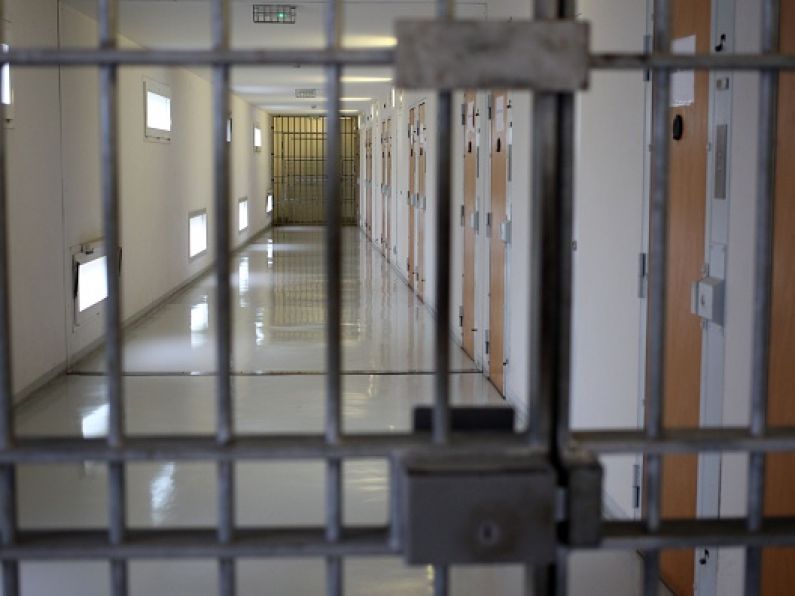By Eamon Quinn
The underlying growth of the economy is 3% to 4% and is not currently showing signs of overheating, economists and statisticians say, although the vulnerability to high debt levels has been exposed by the alternative growth measures.
Figures for 2017 published by the CSO show the size of the economy is either €294bn by using the conventional GDP measure which captures the full accounting effects of multinational activities in Ireland.
Alternatively, it is significantly smaller, at €181bn, under gross national income, an economic growth measure officials developed to reflect a more accurate picture of Irish prosperity following the “leprechaun economics” jibe of two years ago.
The new figures show the economy expanded by a revised 7.2% in 2017 and 5% in the previous year under GDP, or alternatively by 3% to 4% in 2017, using the new modified measures.
The differences are important: An economy growing as fast as suggested by the GDP numbers would likely be hurtling again towards a crash landing.
However, CSO statistician Michael Connolly said the latest national accounts suggested the economy wasn’t overheating and that the modified growth figures provided new ways to look at the economy that strip out the effects of the “globalised” economy on the accounts.
Seamus Coffey, who heads the budget watchdog, the Irish Fiscal Advisory Council, said that though growing strongly the economy was not automatically over- heating, saying the current account figures which showed a surplus do not suggest overheating. “These macroeconomic figures aren’t showing evidence of overheating,” he said.
Economist Jim Power said that tearing out “the unusual features of the Irish economy” provides an “underlying picture of solid, not spectacular growth” in which consumer spending is growing at a reasonable pace and exports are doing reasonably well.
“The one area of the economy that has the potential for overheating is the construction sector where we are seeing strong growth from a low base”, he said, which raises questions how the industry will deal with labour shortages and build the houses that are required over the coming years.
The economy is €113bn smaller under the gross national income measure which means the underlying debt burden at 111% is much larger than the 68%, as suggested by GDP.
“It shows the vulnerability, and shows that Government policy cannot be driven by a 68% ratio because Ireland still has a dangerously high level of public debt,” Mr Power said.






